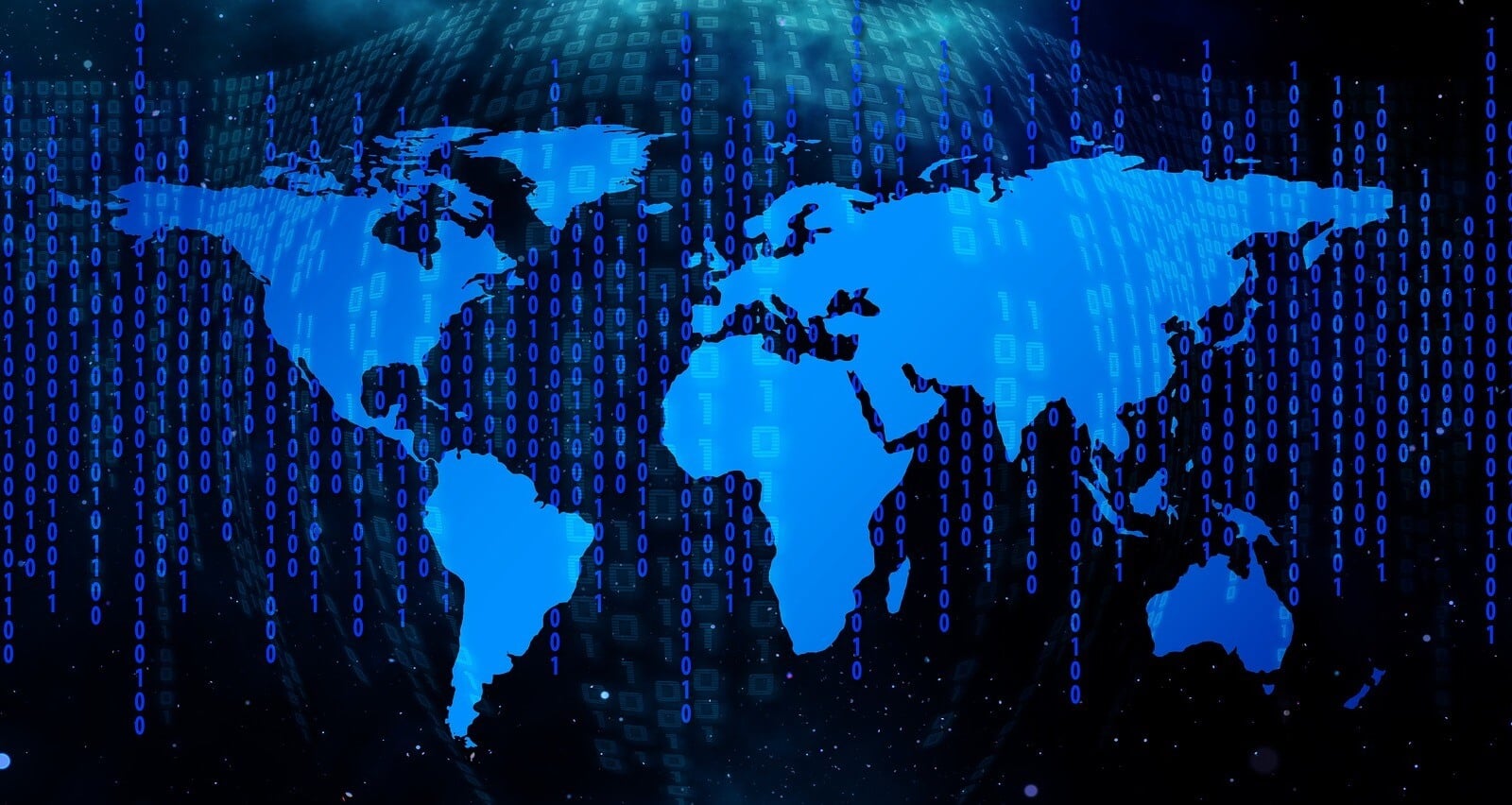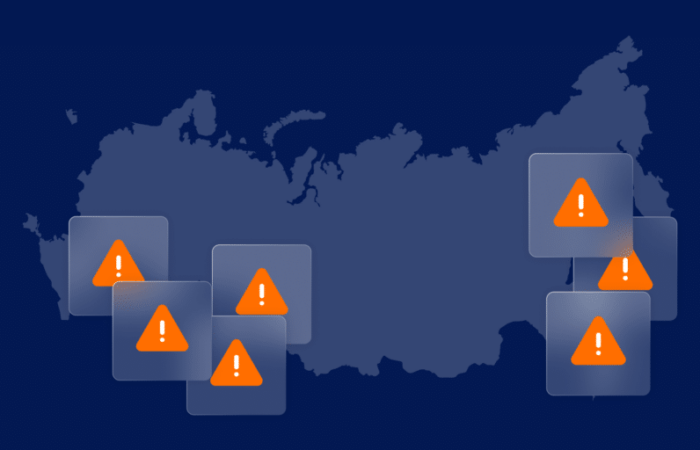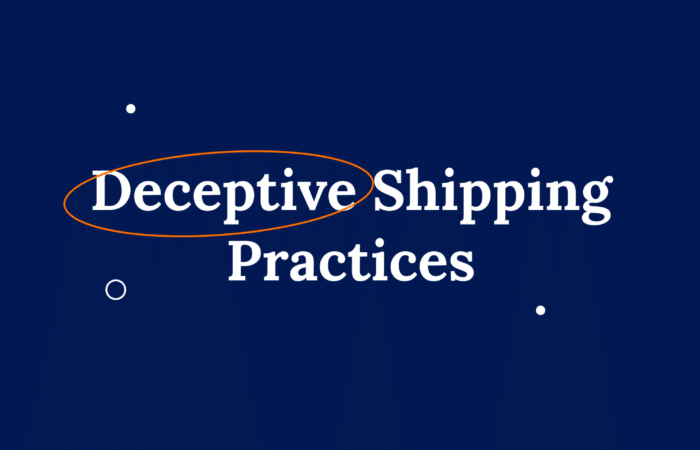What’s inside?
How can we apply all the data on past behavior to boost our understanding of the maritime domain today and in the future? In this Captain’s Blog, Omer Primor lays out the innovations required to ready ourselves for the next decade of insights.
Going into 2020, it’s hard to believe where maritime domain awareness (MDA) was just 10 years ago. From almost total reliance on coastal and vessel-mounted sensors, new satellite technologies have changed – and will continue to change – the way we understand what’s happening at sea.
The rapid adoption of AIS as the standard for ship tracking shows how critical vessel location data is for maritime security. Looking ahead, it’s becoming clear how the next wave of domain awareness will evolve. New companies are shooting for the stars, collecting RF signals (HE360), and providing rapid optical (Planet) and SAR imagery (ICEYE). Further combining these with national sensors, such as Vessel Monitoring Systems (VMS), creates enormous potential for supporting operational and strategic decision-making.
Data, data everywhere
But what’s most interesting about the way maritime domain awareness has changed in recent years isn’t the availability of data. Instead, if traditional sensors focused primarily on the collection and processing of real-time information, today’s domain awareness harnesses analytics and Artificial Intelligence (AI) to look deep into the past – and into the future – to generate smart context and insights that were previously unobtainable.
Imagine driving a car. You’re looking ahead, noticing how the cars around you move: are they slowing down or crossing lanes, is anyone driving wildly, are there any big trucks to look out for, is there anyone tailgating you? We use our eyes and ears as sensors to try and identify if there is anything we should be worried about. Now imagine you were made aware of the deeper context about the cars around you – who is driving this road for the first time, how many accidents they had in the past, how much experience does the driver have, and for how many hours straight they’ve been driving.
Bringing all that past information into the present can have a huge impact on the decisions we make today. For maritime security, it can enhance operational efficiency and coordination, and help direct resources in ways that improve deterrence. It can even be used to push relevant insights to forces at sea, to detect threats even further ahead of time and enhance the effectiveness of operations.
But this kind of analysis requires automation; the scope of information to analyze – and still be relevant to support real-time decisions – far exceeds the capacity of the human brain. Analysts are still paramount when it comes to providing insights for those mission-critical decisions, by bringing their intuition, connecting the dots and assessing. But they need assistance to make the right insights available to them at the right time.

So what can organizations do to ensure the available data can be effectively milked for all its insights? Working with governments, we’ve learned the difference between traditional MDA and advanced analytic capabilities hinges on three things:
1. Cleaning, cleaning, cleaning
When fusing data, every mistake has a ripple effect. As they add up they can dramatically undermine awareness and trust in the data itself (imagine the impact continually misidentifying vessels could have on decision-making). Moreover, advanced analytics, AI and modeling for threat detection requires data sets to be as clean as possible, so latent signals can be detected and flagged. Cleaning, verification and correction of data needs to be built into systems as a default, both algorithmically and procedurally – measure it, monitor it, be ready to fix when broken.
2. Build for scale
New and improved sensors will continue to be introduced; historical data will accumulate. This requires data pipelining to be designed thoughtfully in a way that is ready to consume new types and quantities of data, without compromising its accessibility and speed. This isn’t only true for data warehousing, but also – and even more importantly – for enabling big data analytics and AI to extract meaningful insights in time. The cost of switching infrastructure is often the greatest barrier for technology to keep pace with the changing maritime security environment.
3. Global first, enhance local
Historically, domain awareness is an inside-out effort. From the ship to its surroundings, from the coasts to the seas. But the maritime domain is global and interconnected by nature; there are no “walled seas”. And while a nation will always have informational superiority within its own waters, the core perspective should change. Start by generating persistent tracking of ships wherever they are to get a standard, comparable and consistent context about them, and enrich your knowledge and analysis of them as they approach your waters, assets, and ports. This can be achieved by integrating national sensors, such as VMS, or by deploying these insights onboard ships to enrich situational awareness.
Applying these lessons across your waters and assets would have been fanciful 10 years ago. Today, in 2020, it’s not only possible, it’s critical. The AI-driven MDA already in use by multiple agencies and governments may not quite be Minority Report-style maritime pre-crime. But perhaps we’ll get there by 2030.
















